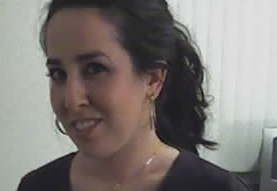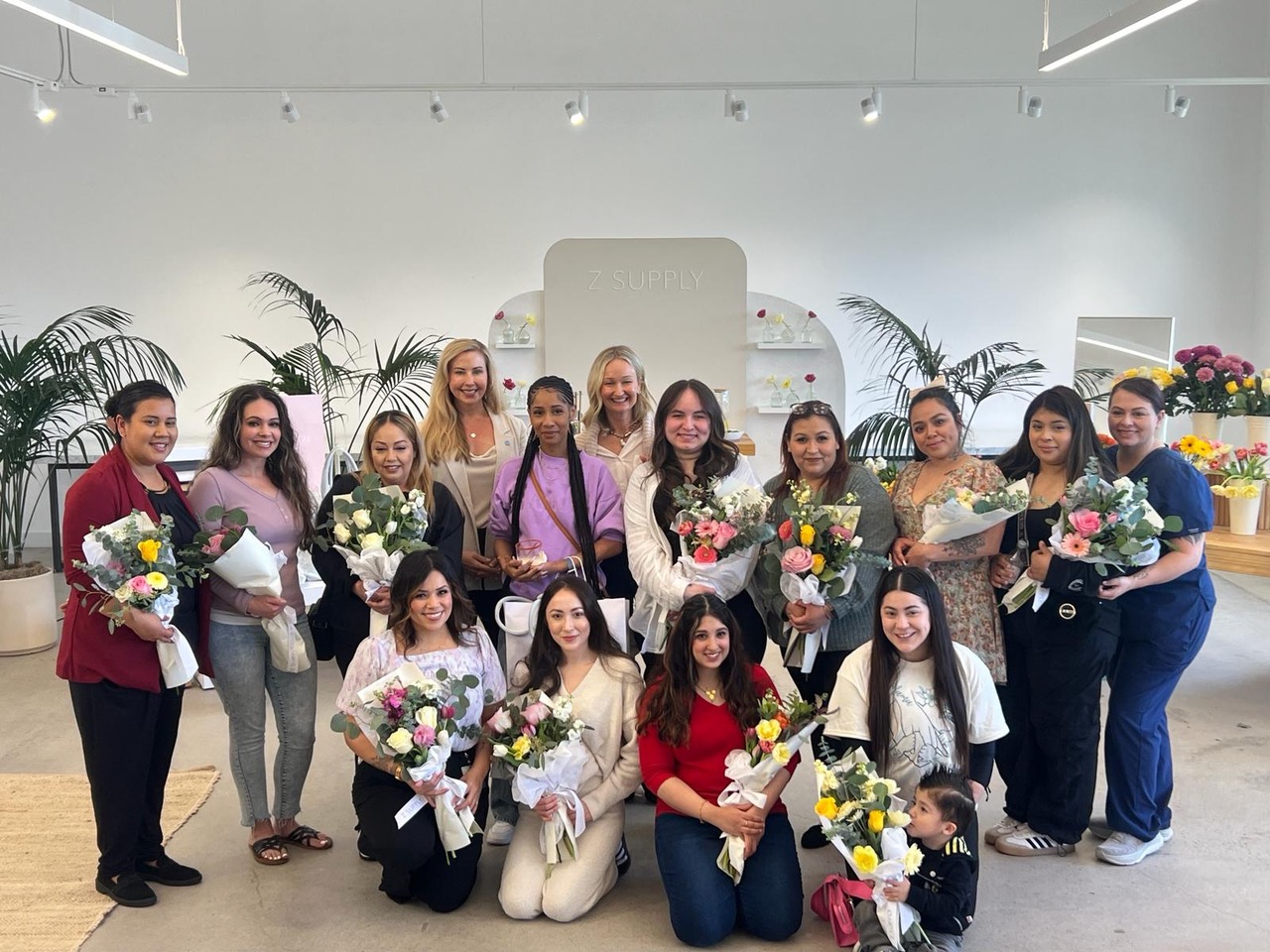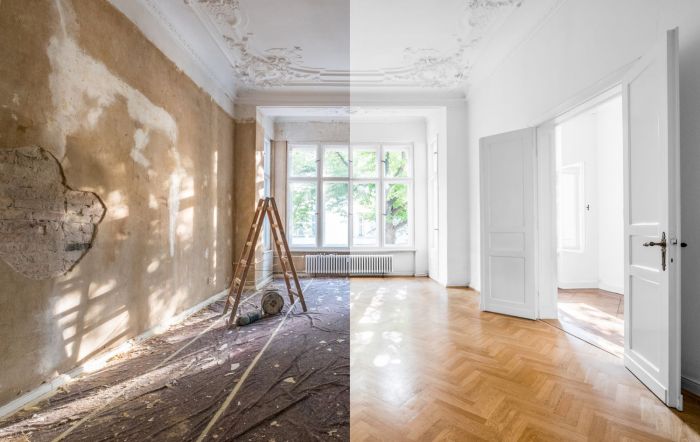
Abstract Artist Jerry McLaughlin doubles as a physician for critically ill kids. His journey as an artist began in between his hospital shifts. Technical by nature, Jerry initially felt that photography was the answer, yet it never quite felt right. Once he finally got rid of his cameras and gear, he began to focus on panting and eventually discovered cold wax.
He was completely self-taught in the art because he could find no books or training materials on the subject. Now an expert in cold wax medium, Jerry explains that he paints to enter that space where the internal dialogues are silenced and there is no sense of time. Through his paintings, he creates a quiet, deep, powerful experience. His work is influenced by urban surfaces and materials: walls, sidewalks, buildings, concrete, etc. He finds inspiration in their human origins, textures, monochromatism, strength and presence. A fine artist, instructor and author, Jerry’s new book, Cold Wax Medium: Techniques, Concepts & Conversations, highlights his work as both a painter and instructor of his preferred medium and style: abstract art with cold wax.
JustLuxe: You started as a photographer, how did you make the switch?
Jerry McLaughlin: I initially chose photography because I was too insecure to jump into painting. I had not gone to art school and thought there was no way for someone to be a painter without art school. However, everyone owns a camera. Photography is a ‘technical’ art, and I’m a technical person, so it seemed a good fit. I had reasonable success, was in a few galleries in the Denver area, was teaching workshops and had a couple of write ups in Denver papers. However, it never felt authentic. It just never felt like I was doing something that really meant something to me. It felt like I was just going through the motions. When I moved from Denver to Seattle, I put my photography and darkroom equipment into storage. After a while, I realized the equipment, the negatives, and all those materials were keeping me burdened and tethered to a medium I was not interested in. One day I packed it all up (other than about a dozen images and a single box of negatives) and took it to the local dump. I backed my car to the edge and pushed all of it into the landfill. It was totally liberating.
JL: How did you start working in wax?
JM: I had about 25 pounds of beeswax left over from my photography processes. When I started searching for creative ways to use beeswax I came across encaustic painting (painting with molten/melted beeswax and pigments). I bought the equipment, read a bunch of books, viewed a bunch of online videos and started painting. For the next several years, I painted with encaustic medium. However, I was never confident enough to show those paintings to anyone. Other than a few I gave to friends/family, they all just accumulated in my studio. Finally, I was frustrated. Although there was a lot about painting with molten beeswax I like, it wasn’t how I envisioned painting. It wasn’t particularly ‘painterly.’ I envisioned being able to move paint around without the use of torches and heat guns. I searched the internet for something I might use to get a more painterly effect, and that’s how I stumbled across cold wax medium.
I ordered the cold wax medium and the oil paints. When they arrived, I just started painting with them. Within three days, I put away all my encaustic equipment and materials and have never gone back to them. The difference I experienced from my encaustic experience was that there was virtually no information about using cold wax medium. There were a couple of brief pages on the internet, but there were no videos, no books, and no one locally teaching any workshops. So, I moved ahead without any real instruction. Finally, I was feeling a bit stuck. After searching futilely for information, I realized that there were a lot of artists out there who must be wanting a book. So, I decided I was going to write that book.
JL: How does working with that medium differ from more traditional painting?
JM: Cold wax medium is mixture of beeswax and mineral spirits. It is soft paste at room temperature, and artists mix it with oil paints and dry pigments. It dramatically increases the flexibility of working with oil paints. Traditionally, there are rules about layering oil paints, “fat over lean,” to prevent cracking and other technical problems. However, those rules don’t apply when working with cold wax medium. In fact, I don’t even know those rules. Additionally, cold wax medium speeds up the drying of oil paints. Traditional oils can take weeks or months to dry. Cold wax speeds this up to days. This drying time allows the artist a lot of opportunities. It is much longer than acrylics (which dry in minutes to hours) but not so long as oils.
My paintings evolve through a process of successive layering, sometimes 40, 50, even 60 layers. I use solvents and dry pigments to create tonal shifts and to develop complex, granular surfaces. Because of the thickness of the layers and the use of solvents, my paintings can be slow to dry, and the larger ones can take months to complete. Because of this drying time, I often work on many pieces at a time.
JL: How would you define your style?
JM: In its most reductive description I would define it as minimalist, textured and monochromatic. In the way that color field artists used color as field, I use texture as ‘field,’ to ‘exploit the expressive power of [texture] by deploying it in large fields that might envelope the viewer when seen at close quarters.’ At a quick glance, my surfaces might seem simple. However, up close, they are highly-textured and highly-developed. They are intricate, subtle and somber. The surfaces begin with layers of visual noise: color, chaos, marks and text. As the layers of complex texture evolve, I quiet the paintings. In the end, there are only hushed reverberations of any prior noise, silenced by neutral-toned, minimalist surfaces.
JL: You also work as a physician. How do those two careers meld, or do they?
JM: I would say they don’t particularly ‘meld.’ They are about as different as two fields can be. At times, they feel like two separate lives. However, my particular medical specialty, pediatric critical care medicine, is shift work. This fixed and defined time in the hospital allows me ample time to work on my art. And the financial aspects of medicine have allowed me to focus on creating and developing my art without the pressures of having to make a living from it.

JL: Do you feel your career as a physician influences your artwork or your approach as an artist?
JM: Despite the fact that most children recover from even serious illness, my work as a critical care physician exposes me to the trauma, pain, and loss those children and families go through. In order to do that kind of work, I have had to learn to compartmentalize my feelings. Over time that compartmentalization gets easier to do, and it gets easier to allow it to permeate other areas of your life. It is easy to find yourself closing off your feelings, shutting down your emotions. Painting allows me access to those feelings. I can go into those dark places, explore them, let them out and not fear that they will negatively impact my artwork. In fact, exploring those dark feelings helps me keep my work personal, intimate and real.
Also, medicine can be a stifling career. There are countless rules and regulations, constant issues around the cost and expense of medicine, legal issues and a highly-structured format for working in a hospital setting. There is little room for creativity. Also, there are accepted ways of diagnosing and treating disease, a lot of ‘rights and wrongs.’ Art isn’t like that. Abstract art particularly isn’t like that. The artist must decide what they paint, how they paint, and whether they think the work is good or not. Essentially, you must define, create and evaluate everything on your own. This is scary, but immensely liberating. It is why I love abstract painting so much, and it is why I still say, “Painting is the hardest thing I’ve ever done.”
JL: You mentioned a book earlier. How did that come about?
JM: The title is Cold Wax Medium: Techniques, Concepts & Conversations. When I started working with cold wax medium, there was almost no information on working with it. There were a couple of brief pages on the internet, but there were no videos, no books and no one locally teaching any workshops. So, for years I moved ahead without any real instruction. Finally, I was feeling a bit stuck. After searching futilely for information, I realized that there were a lot of artists out there who must be wanting a book. So, I decided I was going to write that book. However, I had a lot to learn about the medium, and I knew I should write the book with someone known for their expertise with the medium. It was clear from just a few searches online that person was Rebecca Crowell.
So, I crafted what I hoped was a persuasive letter to convince this total stranger to write a book with me. Her response was lukewarm at best. She told me that for years people had been telling her she should write a book. She didn’t have much interest. I asked her to let me create something, present it to her, and if she liked it, we could work together. If she wasn’t interested, I would leave her alone.
I wrote a couple of mock chapters, created a book layout, did a lot of photography shots in my studio, ‘borrowed’ some images of work from the internet, and hired a graphic designer to lay the book out. Several months later, with all this in hand, in the middle of winter, I flew to her home in rural Wisconsin. I showed her the book, shared my vision and made my pitch. Turns out we had a similar vision, and that was that. We were partners and co-authors. Over the next year and a half, we wrote over 70,000 words. We culled work from over 1,500 images submitted by artists around the world. Along with the writing and art, we formed our publishing company, Squeegee Press. We learned and tackled all the legal, business and tax issues that came with the project. We learned the ins-and-outs of printing, publishing and book distribution. We built our website, and we knew we needed to build our brand and our audience. We developed PR, marketing and social media campaigns. The project became so large that we were going to far exceed our initial budget. We had also pl














